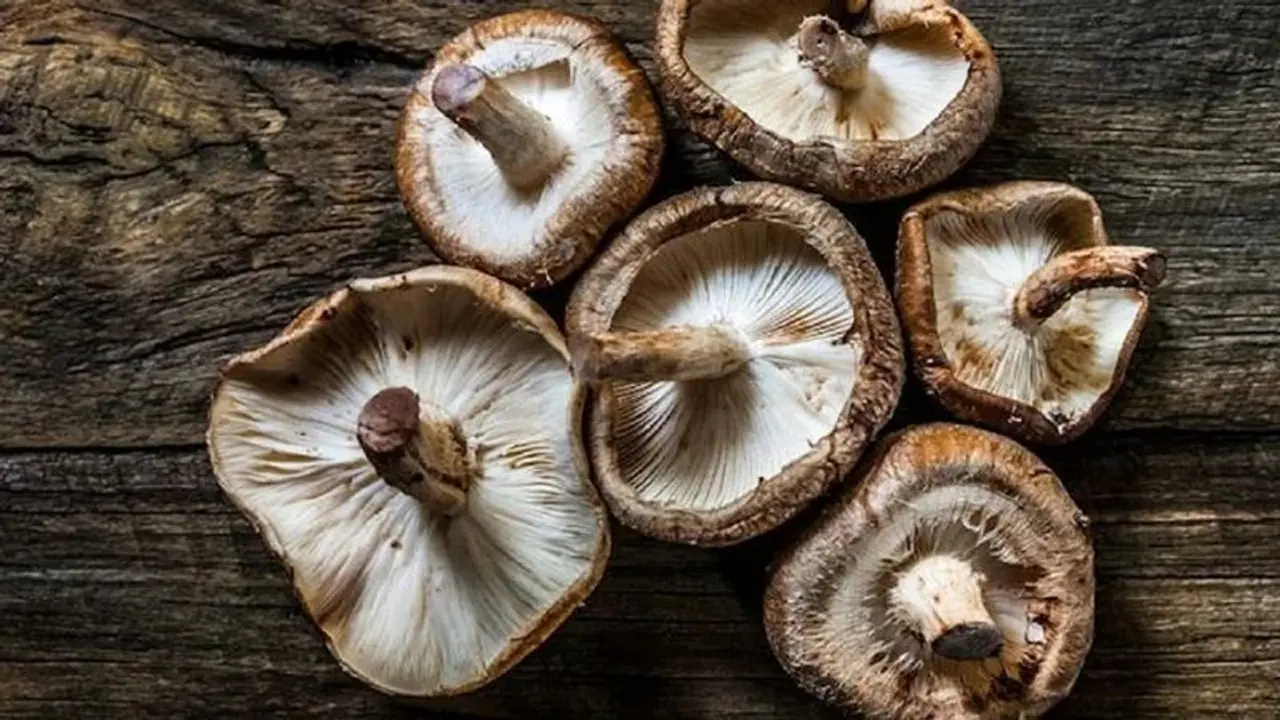Researchers from Goa University recently found a way to produce gold nanoparticles using a local species of mushroom called Termitomuces. It is a groundbreaking discovery as gold nanoparticles are crucial for drug delivery systems.
Recently, researchers from Goa University have come up with a way to harvest nanoparticles of gold from an indigenous species of mushroom. This is a groundbreaking discovery as these nanoparticles are crucial for many operations such as the delivery of anti-cancer drugs and more. The mushroom is already a part of the local culture as it is eaten as a delicacy. The species is called Termitomyces and is locally known as “roenolmi”.
The method of extraction of nanoparticles is complex. It is done by culturing the mushroom in a pure three-dimensional pelletised form. If done correctly, this process can result in synthesisation of gold nanoparticles. The research is called “Biosynthesis and characterisation of AuNPs produced using Termitomycesheimii Pellets” and was published in the Geomicrobiology Journal.
The research was done by Sujata Dabolkar and scientist Nandakumar Kamat as her guide. Kamat recently talked about how the business of gold nanoparticles is worth 450 million dollars, and India has to import them. But with this new advancement, India can produce nanoparticles using edible biomass which is better as compared to the nanoparticles produced by using toxic chemicals. The discovery of gold nanoparticles from Termitomyces opens new doors for India to participate in the global gold nanoparticles industry and be a significant contributor.
The demand for gold nanoparticles is extremely high and this breakthrough discovery will push India ahead in the medical field as these nanoparticles are most required for the drug delivery system. This provides a more eco-friendly and non-toxic alternative and also promotes appreciation and conservation of the local biodiversity. India is part of the Nagoya Protocol which is about the utilisation of indigenous resources and sharing the benefits with the local communities. Any profit made by using this process will be shared with the Government of Goa and the local villages where these mushrooms grow as part of the Nagoya Protocol.
Also Read: Bill Gates and Indian government working together against sickle cell anaemia in India
Also Read: Indian scientists have created a natural wound dressing using banana fibers
